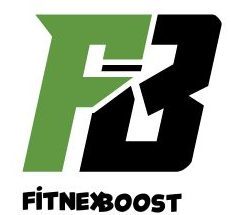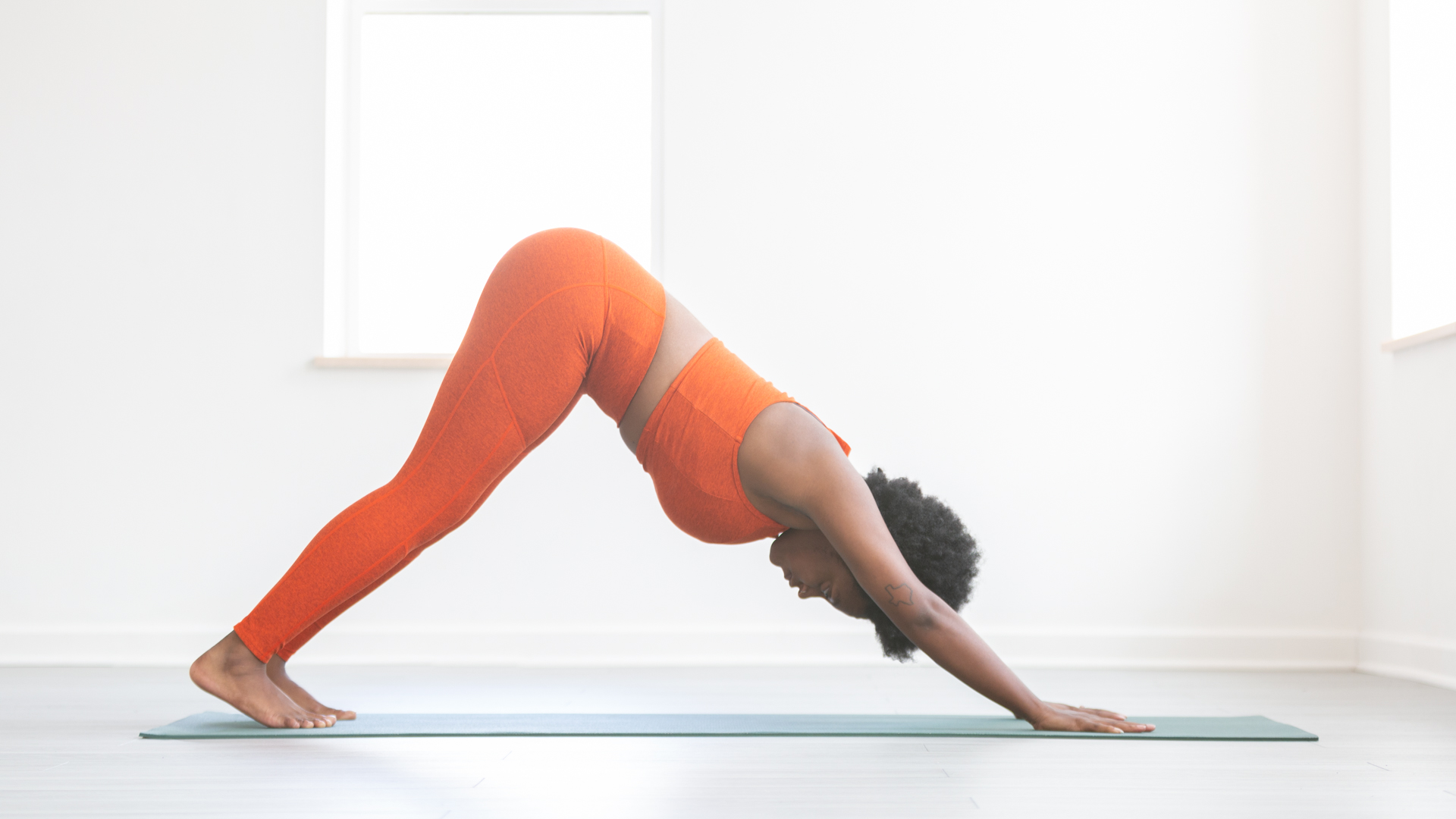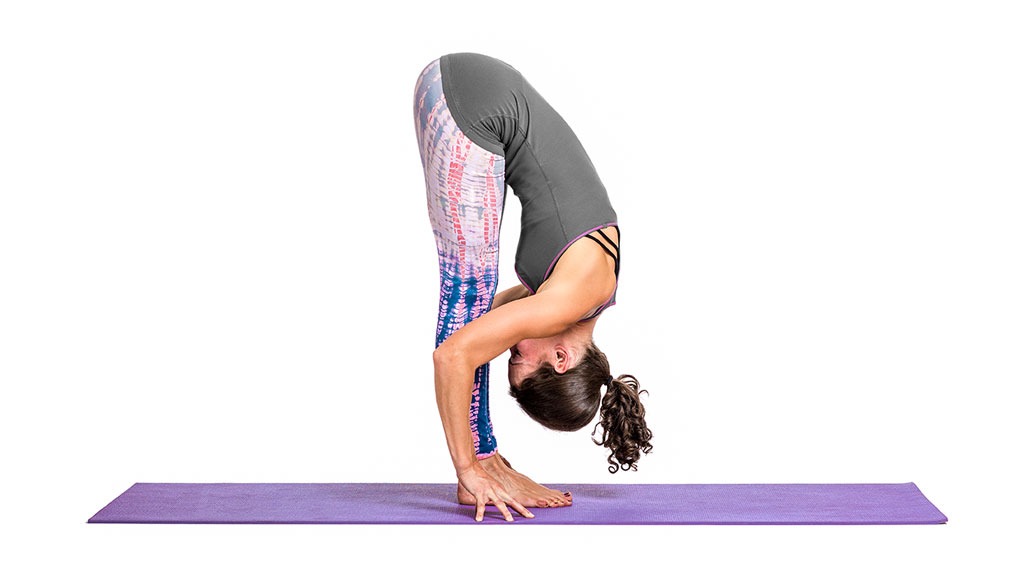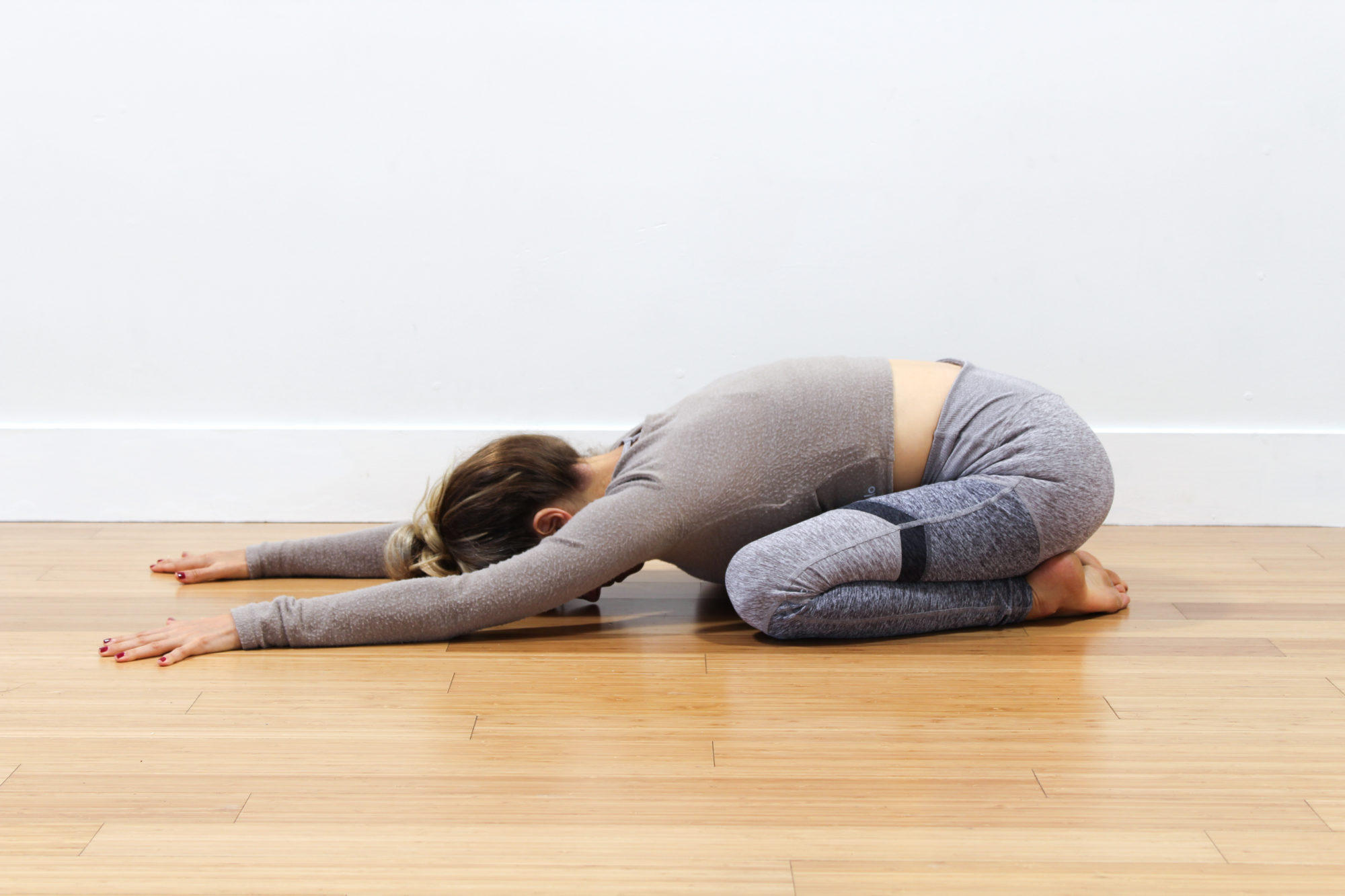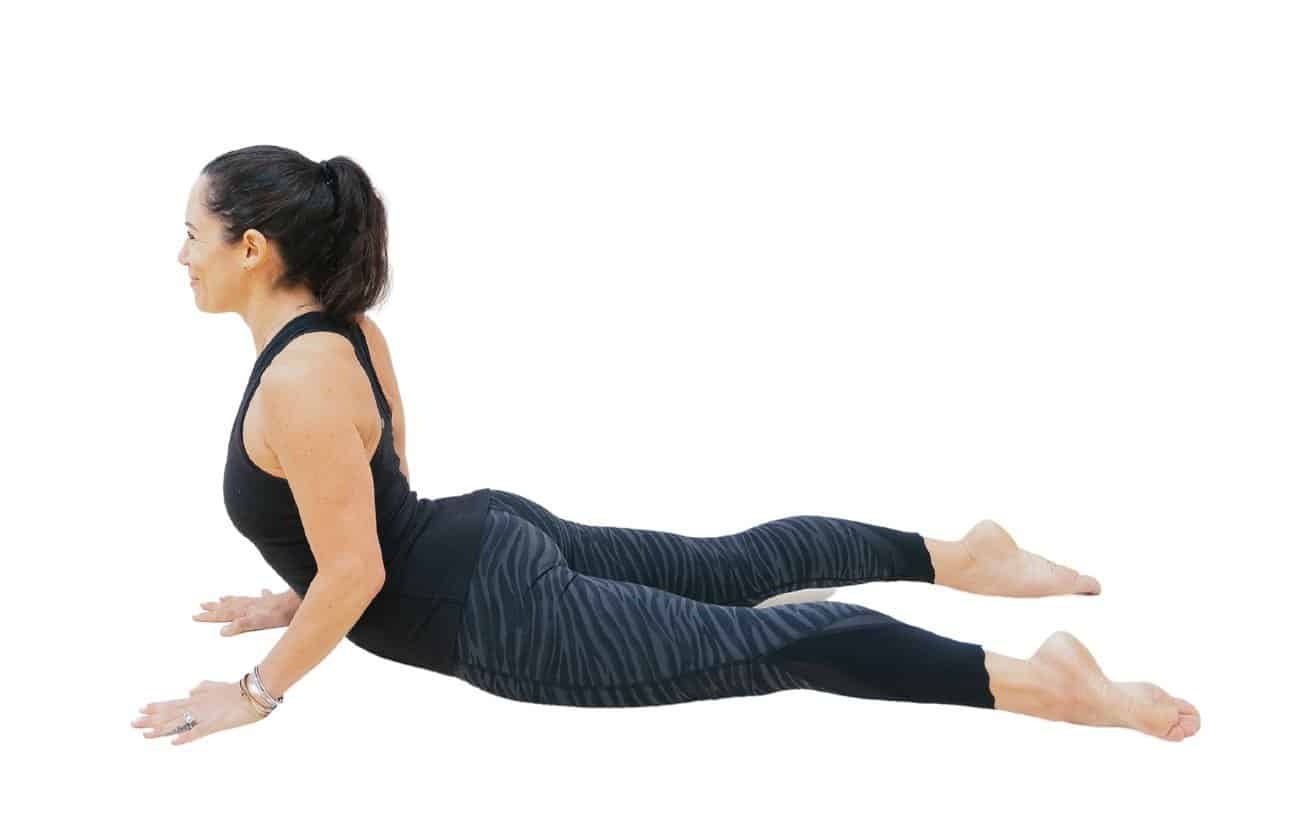The 10 best yoga poses for beginners for flexibility are:
1. Downward-Facing Dog (Adho Mukha Svanasana) 2. Forward Fold (Uttanasana) 3. Triangle Pose (Trikonasana) 4. Bridge Pose (Setu Bandhasana) 5. Child’s Pose (Balasana) 6. Cobra Pose (Bhujangasana) 7. Pigeon Pose (Eka Pada Rajakapotasana) 8. Standing Forward Bend (Uttanasana) 9. Seated Forward Bend (Paschimottanasana) 10. Warrior II (Virabhadrasana II)
Having a flexible body plays a crucial role in enhancing your overall fitness and well-being. Whether you’re an athlete, a desk-bound professional, or simply looking to improve your mobility, incorporating yoga poses for flexibility into your routine can be highly beneficial. These poses not only enhance your body’s range of motion but also help relieve muscle tension and promote relaxation.
In this article, we will explore some powerful yoga poses for beginners that can help you unlock your body’s potential for flexibility:
1. Downward-Facing Dog (Adho Mukha Svanasana)

Start your yoga practice with Downward-Facing Dog, a pose that stretches and lengthens multiple muscles simultaneously. Begin on all fours, tuck your toes, and lift your hips towards the ceiling, forming an inverted V shape with your body. Feel the gentle stretch in your hamstrings, calves, and shoulders as you press your heels towards the ground. Take deep breaths and allow your spine to elongate, promoting flexibility and strength throughout your body.
2. Forward Fold (Uttanasana)
The forward fold is an excellent pose to target tight hamstrings and lower back muscles. Stand with your feet hip-width apart, exhale as you bend forward from your hips, and let your head and arms hang towards the floor. If necessary, maintain a slight bend in your knees. Feel the gentle traction in your hamstrings and spine as you surrender to the pose. With regular practice, the forward fold can help increase flexibility in your hamstrings and promote a sense of calm.
3. Triangle Pose (Trikonasana)
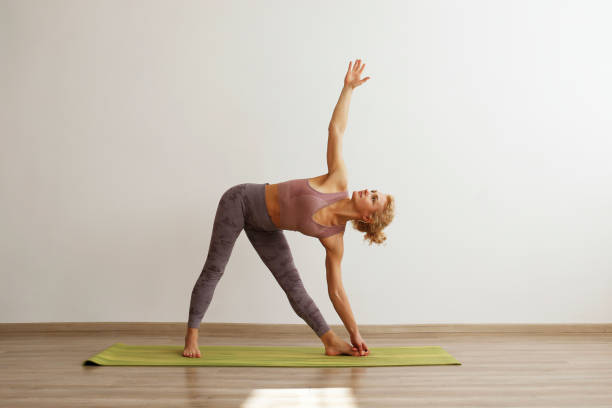
Triangle Pose is a standing posture that opens up your hips, stretches your hamstrings, and improves overall body alignment. Begin by standing with your feet wide apart, turning your right foot out to a 90-degree angle, and extending your arms parallel to the floor. Lean to the right, keeping your torso long, and place your right hand on your shin, ankle, or a block. Reach your left arm upward, forming a straight line from your left hand to your left foot. Triangle Pose enhances flexibility in your legs, stretches your side body, and improves balance.
4. Bridge Pose (Setu Bandhasana)
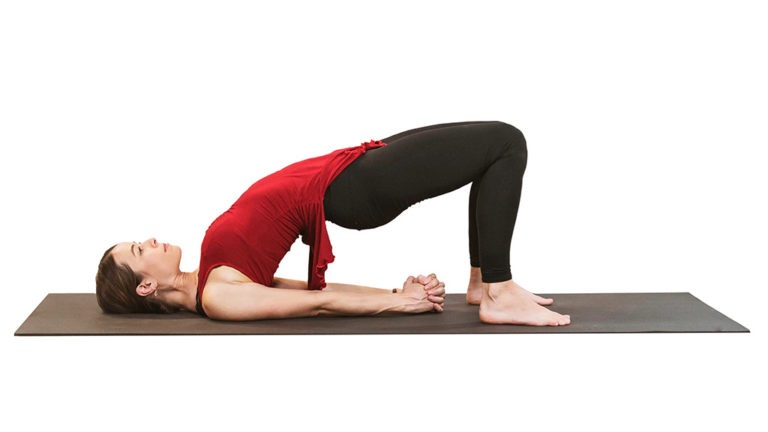
Bridge Pose is a backbend that targets the spine, hips, and chest while gently stretching your shoulders and neck.
Recline on your back with your knees bent and feet resting flat on the ground Place your hands alongside your body, and as you inhale, lift your hips towards the ceiling. Engage your glutes and inner thighs while keeping your neck and shoulders relaxed. Bridge Pose not only enhances flexibility but also stimulates the thyroid gland, boosts energy, and relieves mild depression.
5. Child’s Pose (Balasana)
After practicing more active poses, wind down with Child’s Pose, a restorative posture that releases tension in your back, shoulders, and hips. Begin by kneeling on the floor, bringing your big toes together, and separating your knees wider than your hips. Exhale as you fold your torso forward, allowing your forehead to rest on the mat or a block. Extend your arms in front of you or alongside your body, whichever feels more comfortable. Take slow, deep breaths and surrender to the gentle stretch in your lower back. Child’s Pose promotes flexibility while soothing the mind and relieving stress.
6. Cobra Pose (Bhujangasana)
Cobra Pose is a rejuvenating backbend that strengthens the spine, opens the chest, and stretches the abdomen. Start by lying on your stomach, with your legs extended and the tops of your feet pressing into the mat. Place your palms on the ground beside your shoulders, and as you inhale, lift your head and chest off the floor while keeping your pelvis grounded. Feel the gentle stretch in your abdominal muscles and the opening in your chest as you extend your spine. Cobra Pose not only enhances flexibility but also stimulates digestion and relieves fatigue.
7. Pigeon Pose (Eka Pada Rajakapotasana)
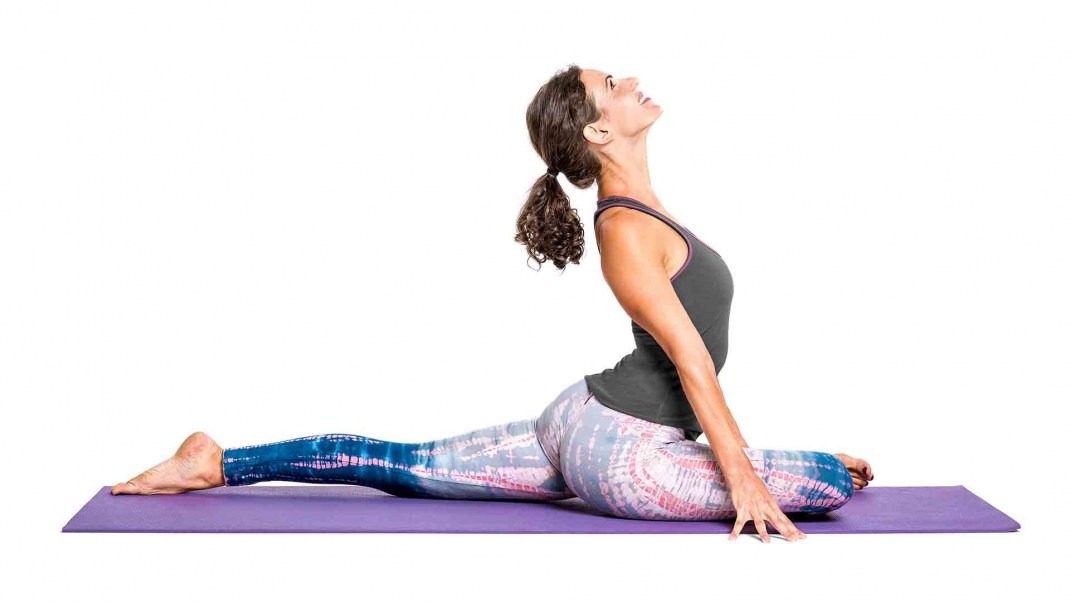
The pigeon pose is an intense hip-opening posture that specifically targets the glutes, hip flexors, and outer thighs. Begin in a tabletop position, bring your right knee forward, and place it behind your right wrist. Slide your left leg back, keeping the top of your foot grounded. Inhale and lengthen your spine, then exhale as you slowly fold forward, resting your forearms and forehead on the mat. Feel the intense stretch in your right hip and breathe deeply to release any tension. Pigeon Pose helps to increase hip mobility and flexibility while calming the mind.
8. Standing Forward Bend (Uttanasana)
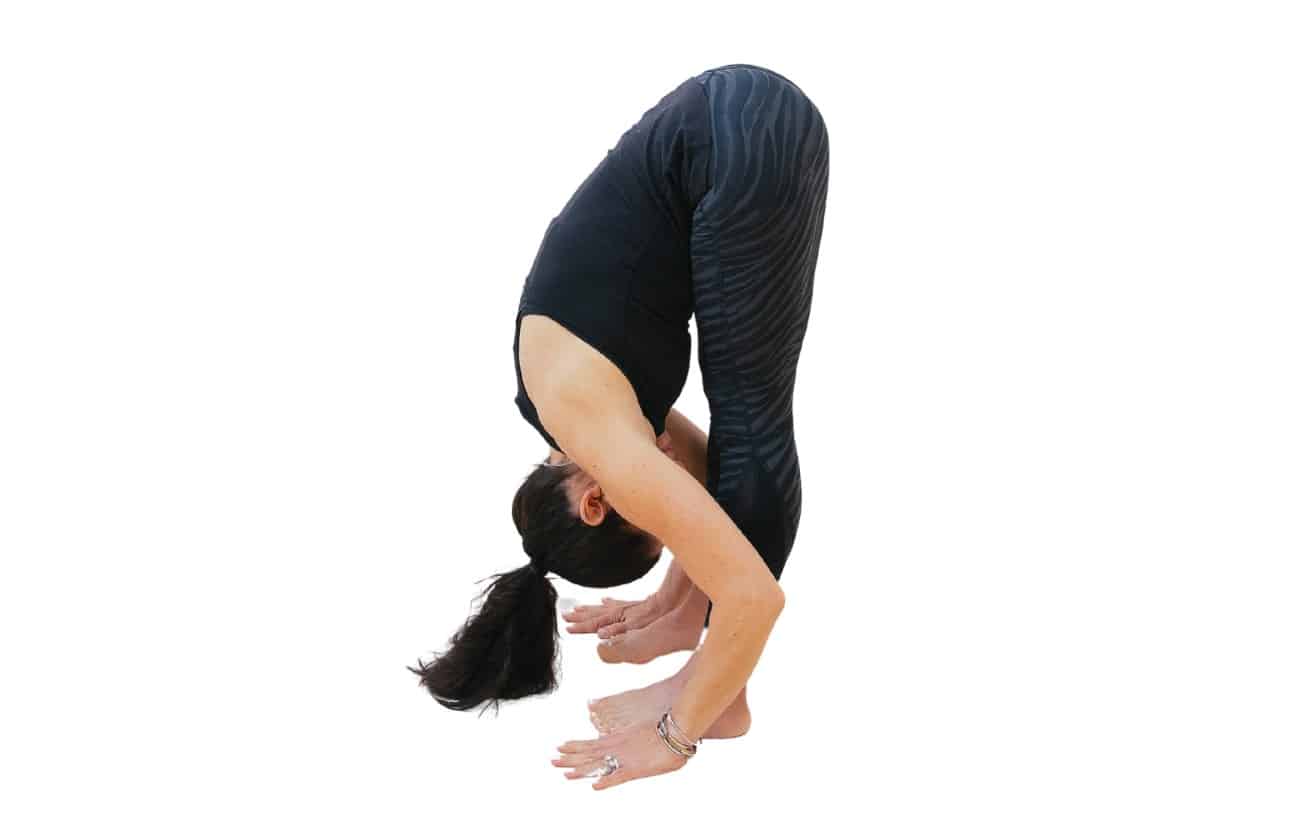
Standing Forward Bend is a relaxing pose that stretches the hamstrings, calves, and spine while promoting a sense of calm and introspection. Position yourself with your feet spaced hip-width apart. Take a deep breath in, and as you exhale, gently bend forward from your hips. Allow your upper body to dangle freely, releasing any tension in your head and neck. If necessary, you can slightly bend your knees. Feel the gentle traction in your hamstrings and the release of tension in your back. A standing forward bend can be a grounding pose that helps to relieve stress and improve overall flexibility.
9. Seated Forward Bend (Paschimottanasana)
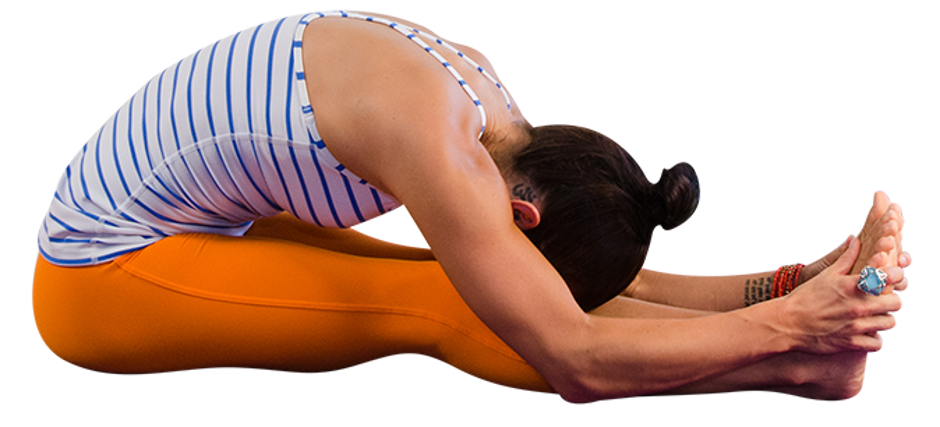
Seated Forward A bend is a seated pose that stretches the entire back of the body, including the hamstrings, lower back, and shoulders. Sit on the floor with your legs extended in front of you, flex your feet, and engage your quadriceps.
Take a deep inhalation, elongating your spine, and upon exhalation, gently fold forward from your hips. Reach for your toes or ankles, and if needed, you can use a strap or towel to help you reach. Relax into the pose and allow your breath to deepen the stretch. A seated forward bend promotes flexibility in the posterior chain and calms the nervous system.
10. Warrior II (Virabhadrasana II)
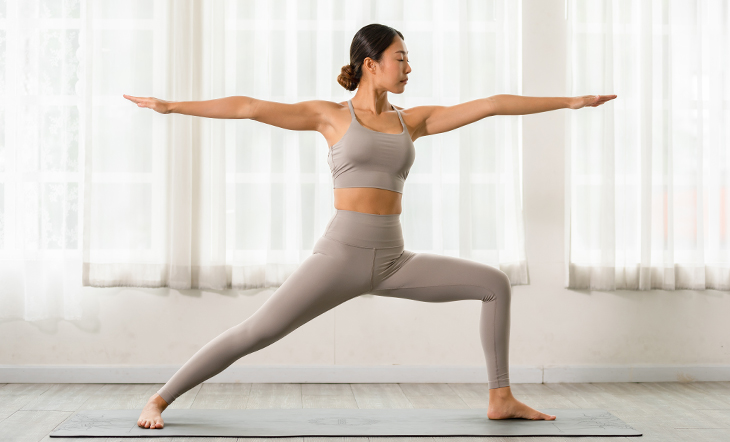
Warrior II is a powerful standing pose that targets the hips, legs, and shoulders while enhancing stability and focus.
- Begin by standing with your feet wide apart, turning your right foot out to a 90-degree angle, and extending your arms parallel to the floor.
- Bend your right knee, aligning it with your ankle, while keeping your left leg straight and strong.
- Gaze over your right fingertips and sink deeper into the pose, feeling the stretch in your groin and inner thighs. Warrior II not only increases lower body strength and flexibility but also cultivates a sense of inner strength and resilience.
Incorporating these yoga poses into your regular practice can significantly improve your flexibility, enhance your overall physical well-being, and bring a sense of balance to your life.
Remember to listen to your body, honor its limitations, and gradually increase the intensity and duration of your practice. With consistent effort and patience, you will witness remarkable progress on your journey towards greater flexibility.
So, roll out your mat, embrace the transformative power of yoga, and enjoy the incredible benefits it brings to your body and mind.
Summary
In conclusion, integrating these yoga poses for flexibility into your routine can yield profound results for your physical and mental well-being. From Cobra Pose to Warrior II, each posture offers unique advantages that contribute to your overall flexibility and strength. Embrace the power of yoga and embark on a transformative journey to unlock your body’s full potential.
Remember, consistency and patience are key. As you dedicate yourself to a regular yoga practice, you’ll witness the gradual expansion of your body’s range of motion, increased muscular elasticity, and improved overall mobility. Embrace the challenge, and let the practice of yoga nourish your body, mind, and soul.
If you’re ready to embark on this empowering journey, grab your yoga mat, take a deep breath, and begin.
